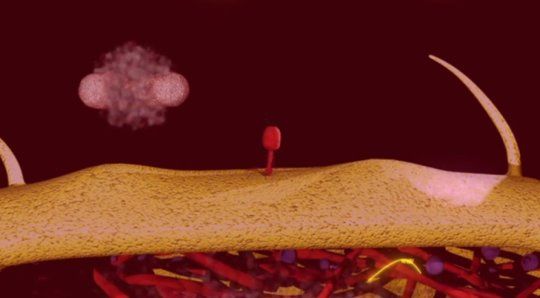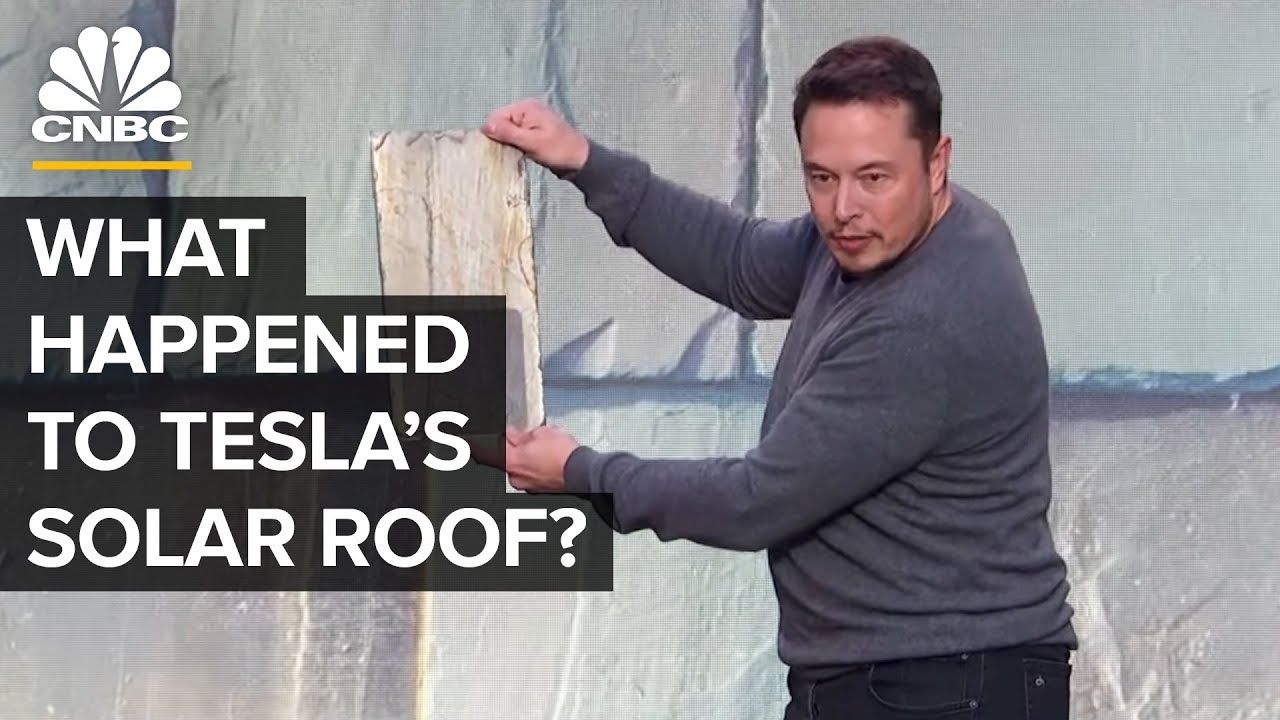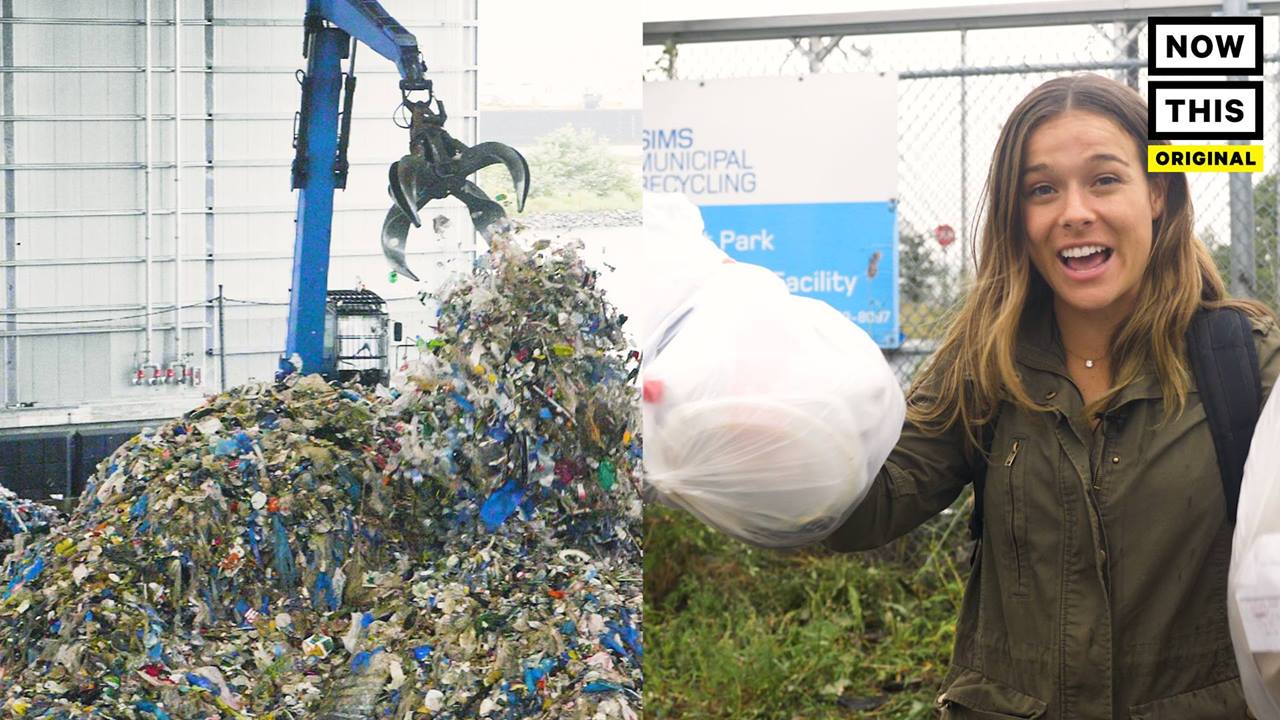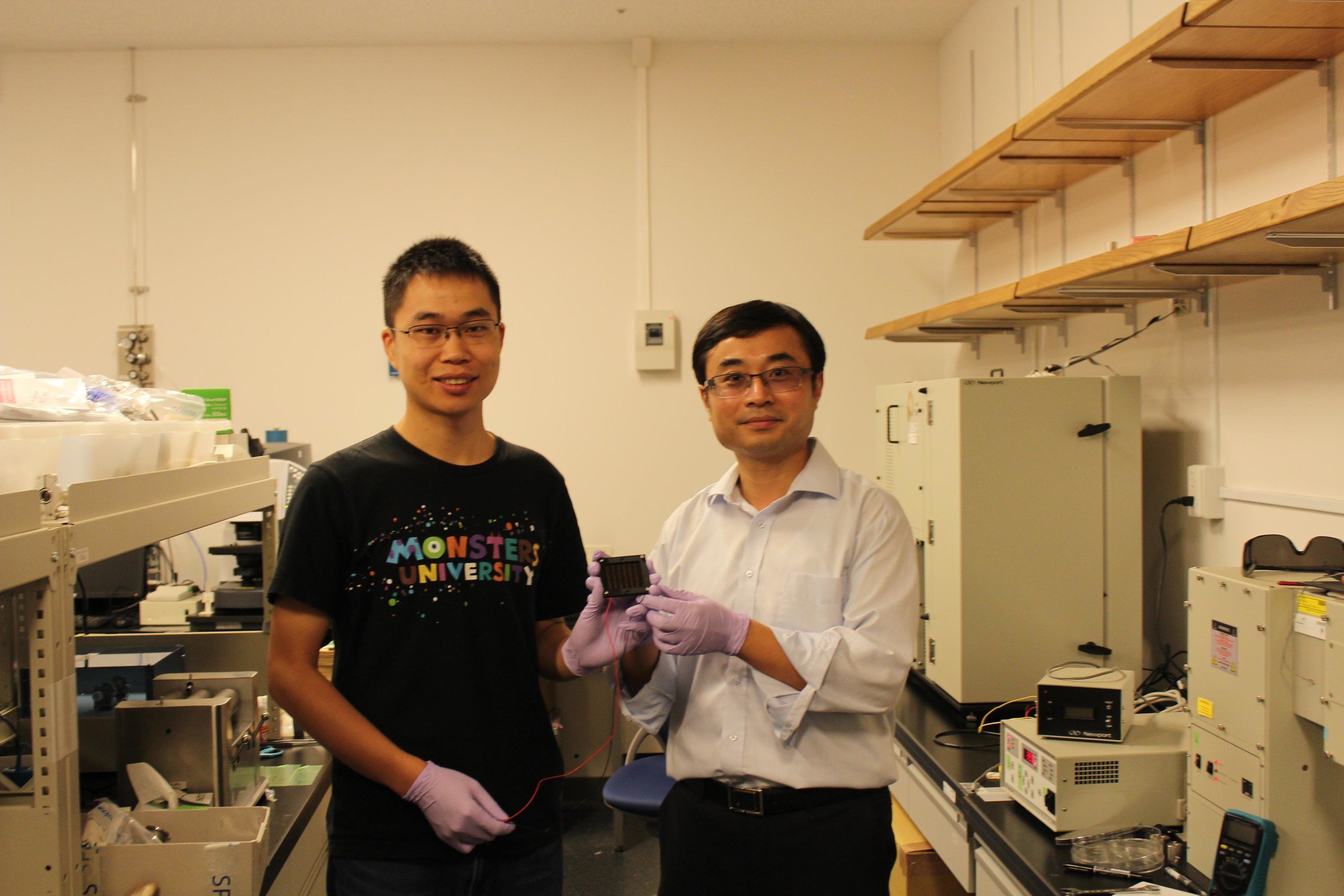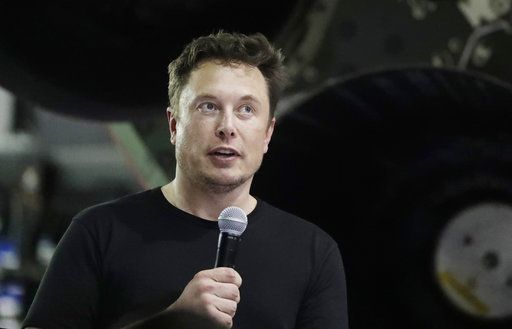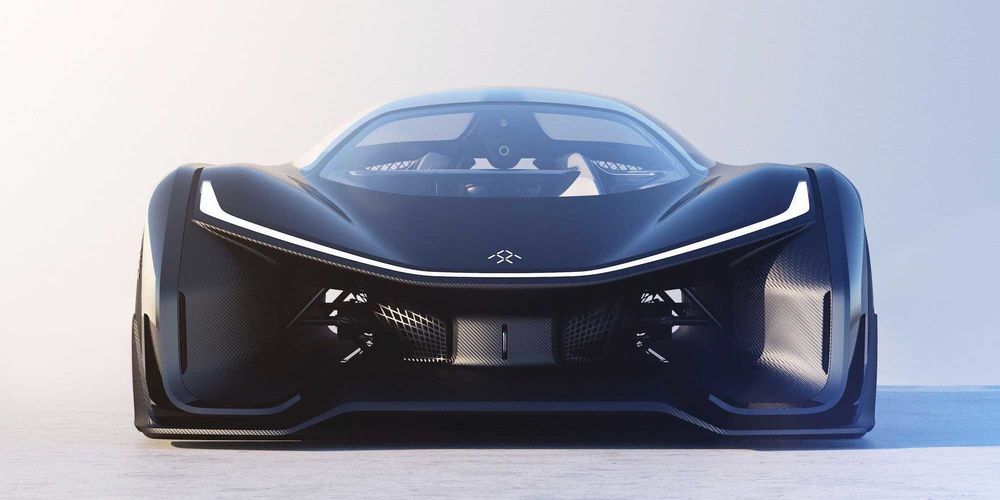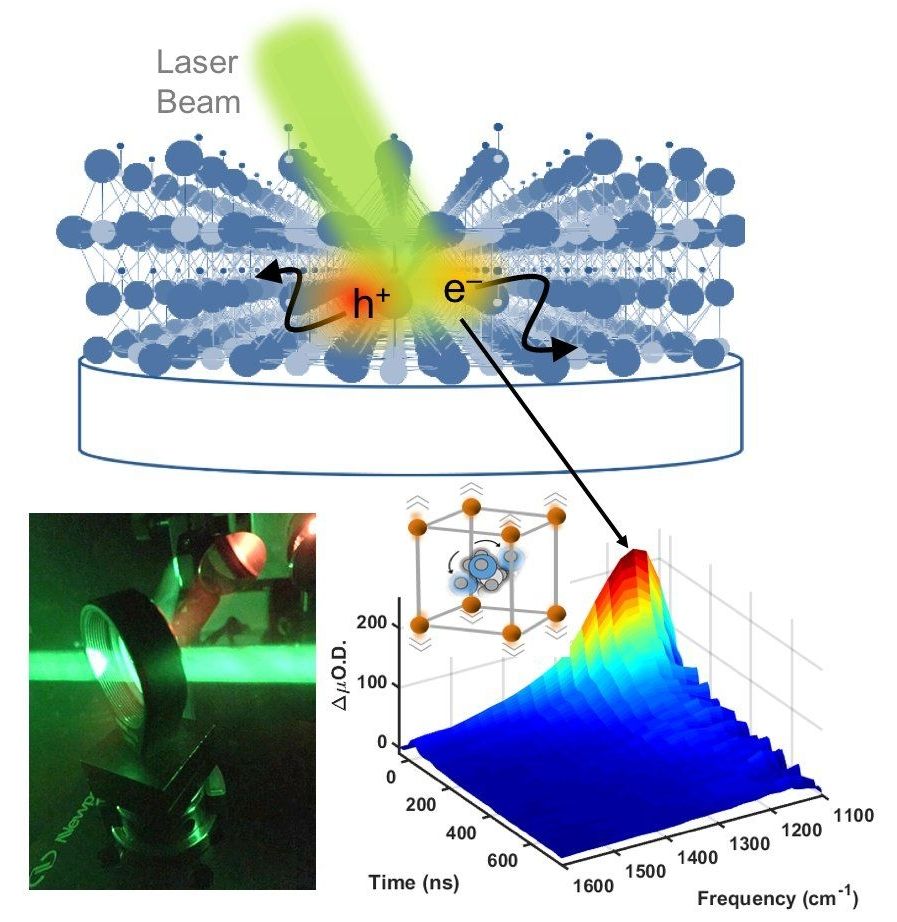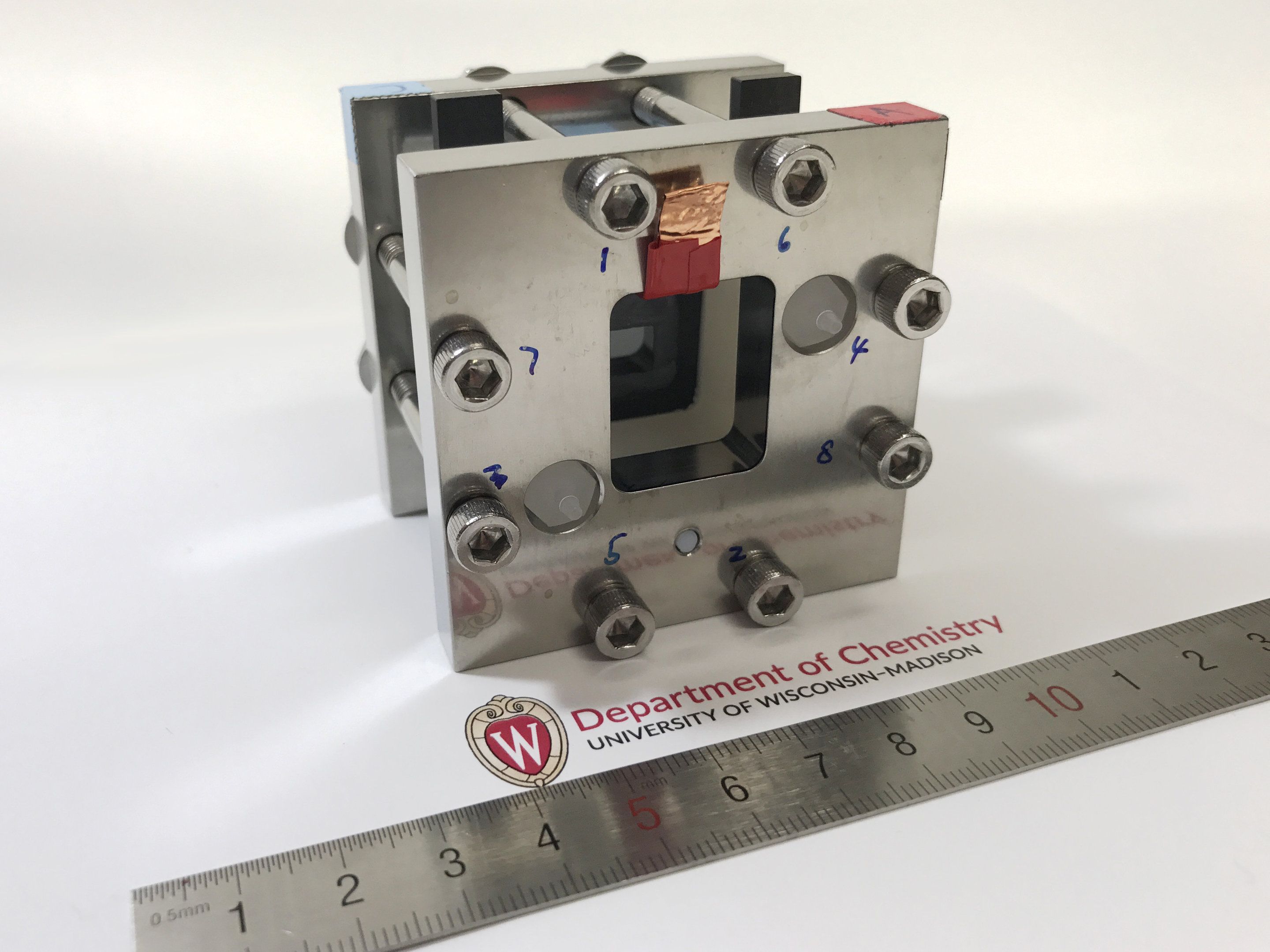Almost exactly a decade ago, I was cycling in a bike lane when a car hit me from behind. Luckily, I suffered only a couple bruised ribs and some road rash. But ever since, I have felt my pulse rise when I hear a car coming up behind my bike.
As self-driving cars roll out, they’re already being billed as making me – and millions of American cyclists, pedestrians and vehicle passengers – safer.
As a driver and a cyclist, I initially welcomed the idea of self-driving cars that could detect nearby people and be programmed not to hit them, making the streets safer for everyone. Autonomous vehicles also seemed to provide attractive ways to use roads more efficiently and reduce the need for parking in our communities. People are certainly talking about how self-driving cars could help build more sustainable, livable, walkable and bikable communities.


